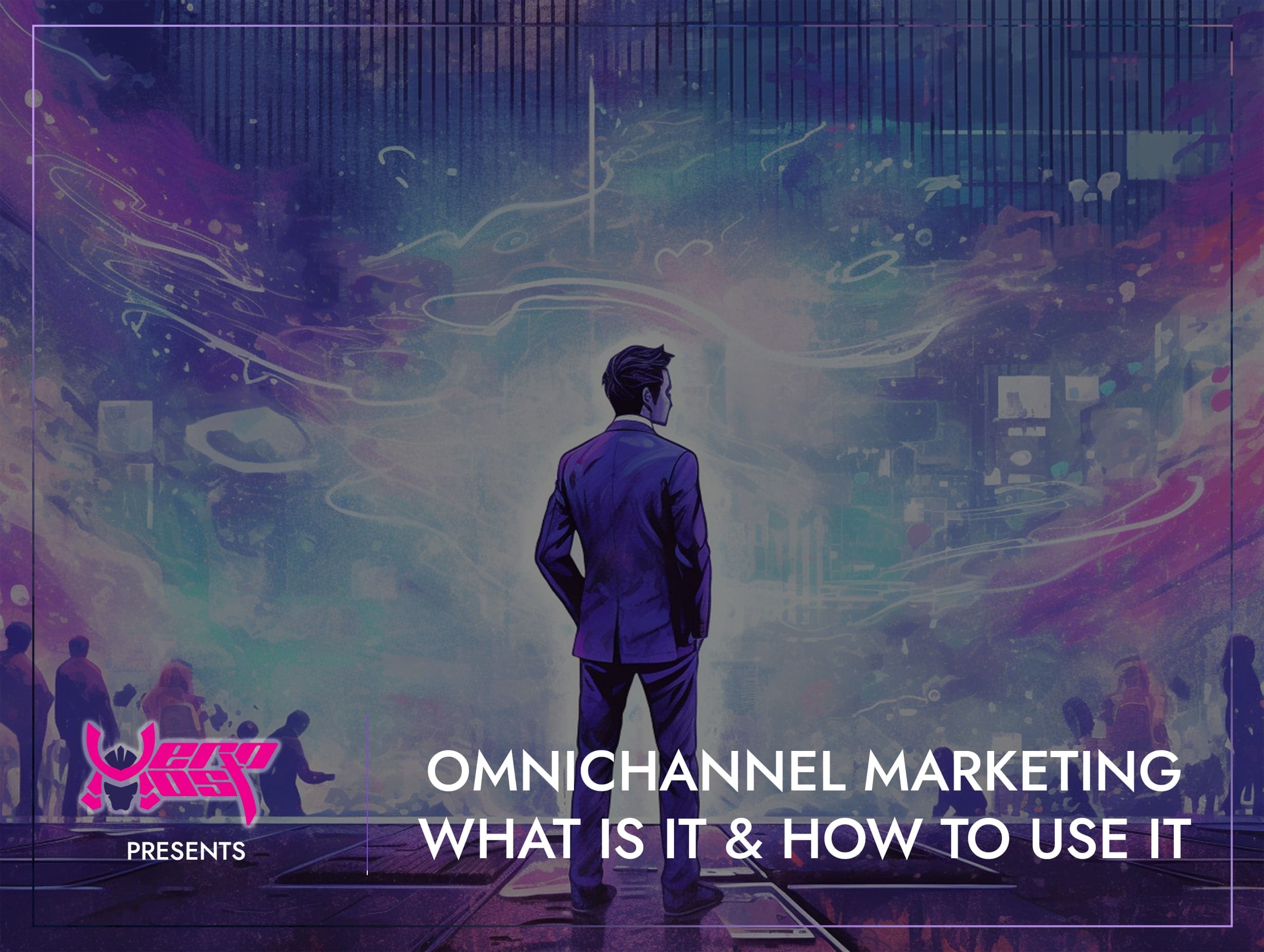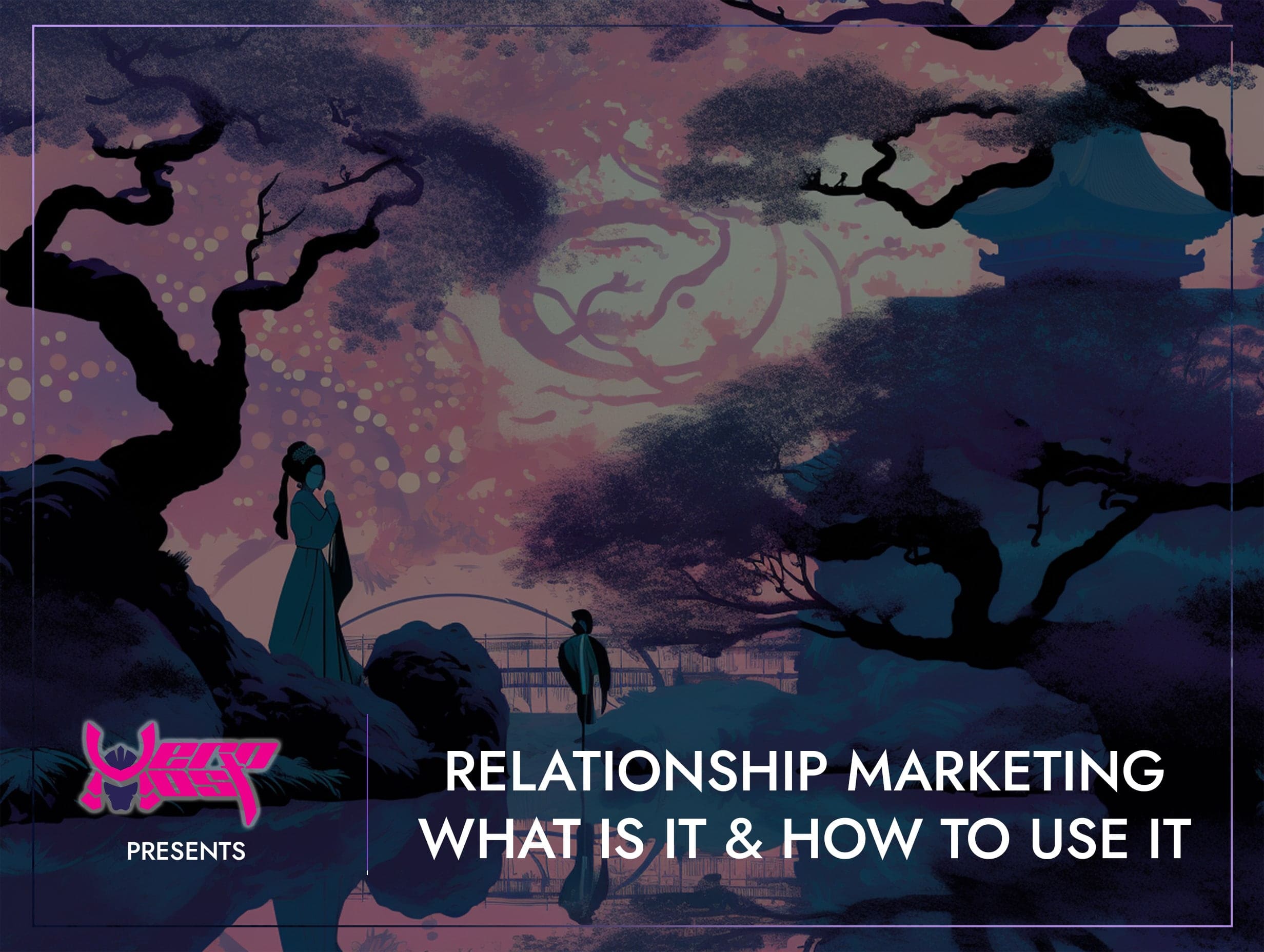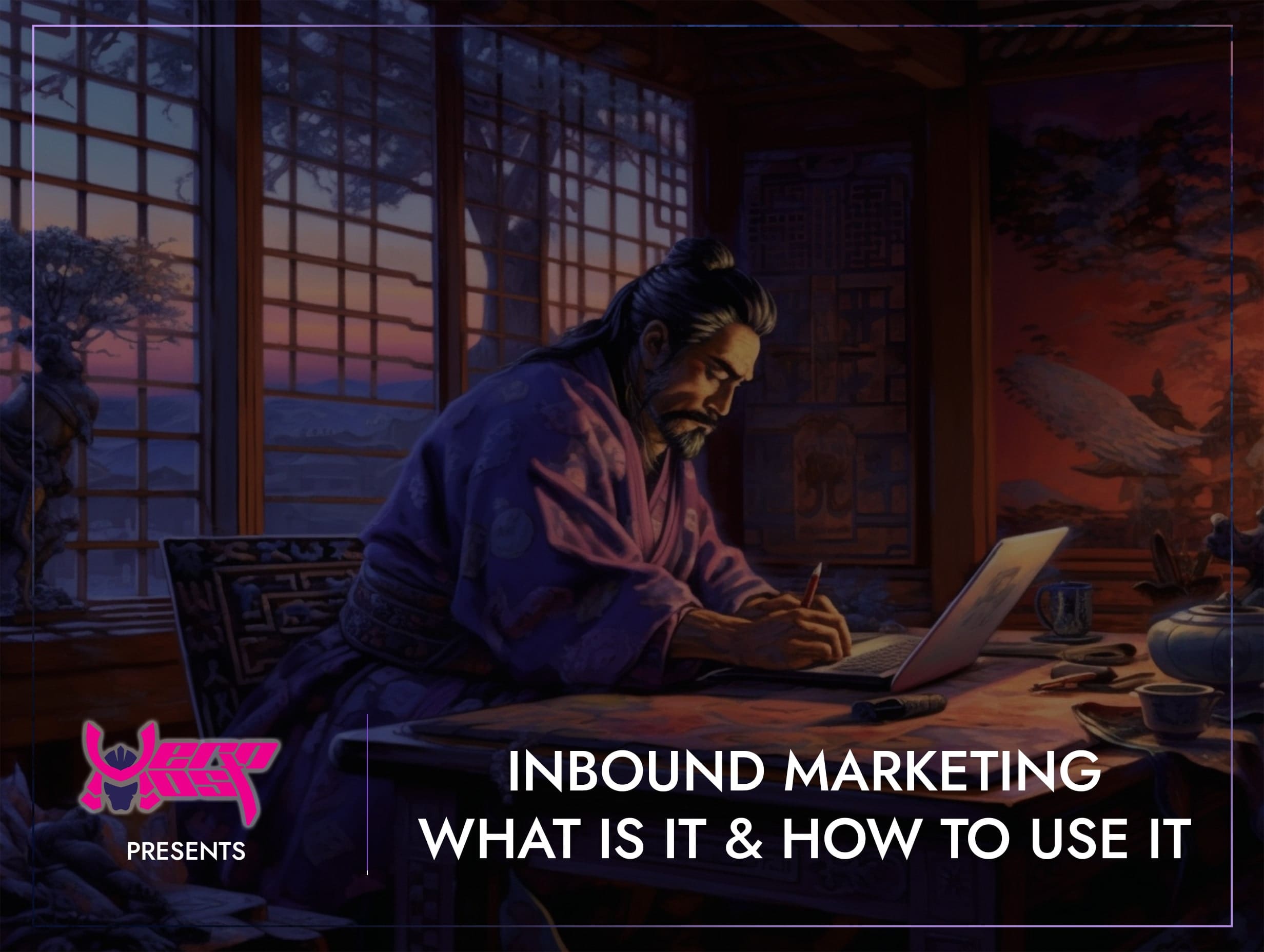A Comprehensive Guide to Marketing Strategies
- Home
- Marketing Guides
- A Comprehensive Guide to Marketing Strategies

- Mikey Ryu
- May 27, 2024
- 0
A Comprehensive Guide to Marketing Strategies
Marketing is the backbone of business success, driving brand awareness, customer acquisition, and revenue growth. To stay ahead in today’s competitive landscape, businesses need to employ a variety of marketing strategies. This comprehensive guide delves into six key marketing strategies: Inbound Marketing, Outbound Marketing, Viral Marketing, Relationship Marketing, Omnichannel Marketing, and Cross-channel Marketing.
Inbound Marketing
Inbound marketing focuses on attracting customers by creating valuable content and experiences tailored to them. It’s about drawing people in, rather than pushing your message out. Here are the core components of inbound marketing:
Content Creation
Content is the cornerstone of inbound marketing. By creating high-quality, relevant content that addresses the needs and interests of your target audience, you can attract and engage potential customers. This content can take various forms, including blog posts, videos, eBooks, infographics, and webinars.
SEO (Search Engine Optimisation)
SEO ensures your content is easily discoverable through search engines. By optimising your content for relevant keywords, improving site structure, and earning backlinks, you can increase your visibility on search engine results pages (SERPs), driving organic traffic to your site.
Social Media Marketing
Social media platforms provide a powerful way to share your content, engage with your audience, and build a community around your brand. Consistent, strategic posting and interaction can help you attract followers and turn them into customers.
Email Marketing
Email marketing is a highly effective way to nurture leads and keep your audience engaged. By sending targeted, personalized content to your subscribers, you can guide them through the buyer’s journey and convert them into loyal customers.
Outbound Marketing
Outbound marketing, often referred to as traditional marketing, involves proactively reaching out to potential customers. This strategy can be effective for quickly generating awareness and leads.
Advertising
Advertising is a major component of outbound marketing. It includes channels like television, radio, print, and online ads. The goal is to deliver a compelling message to a large audience, driving awareness and interest in your products or services.
Direct Mail
Direct mail involves sending physical promotional materials, such as postcards, catalogues, or brochures, to a targeted list of recipients. Despite the digital shift, direct mail can still be effective, especially when personalized and integrated with digital campaigns.
Cold Calling and Emailing
Cold calling and emailing involve reaching out to potential customers who haven’t previously expressed interest in your products or services. While often challenging, these methods can be effective with a well-researched and targeted approach.
Viral Marketing
Viral marketing aims to create content that is so engaging and shareable that it spreads rapidly across the internet, much like a virus. This strategy leverages the power of social networks and word-of-mouth to amplify your message.
Creating Shareable Content
The key to viral marketing is creating content that resonates deeply with your audience. This could be a funny video, a compelling story, or an interactive experience. The content should evoke strong emotions, prompting viewers to share it with their networks.
Leveraging Social Media
Social media platforms are the primary channels for viral marketing. By understanding the algorithms and user behaviour on platforms like Facebook, Twitter, Instagram, and TikTok, you can craft content that is more likely to be shared widely.
Influencer Collaborations
Partnering with influencers can significantly boost the reach of your viral marketing campaign. Influencers have large, engaged followings and can help your content gain traction quickly.
Relationship Marketing
Relationship marketing focuses on building and nurturing long-term relationships with customers. Rather than prioritizing short-term sales, this strategy aims to create loyal customers who will advocate for your brand.
Customer Engagement
Engaging with customers regularly helps build strong relationships. This can be achieved through social media interactions, email newsletters, and personalized customer service. The goal is to make customers feel valued and connected to your brand.
Loyalty Programs
Loyalty programs reward customers for their continued business. Points systems, exclusive discounts, and special offers can incentivize repeat purchases and foster customer loyalty.
Personalisation
Personalization involves tailoring your marketing efforts to individual customers based on their preferences, behaviours, and purchase history. Advanced data analytics and marketing automation tools can help you deliver highly personalized experiences.
Omnichannel Marketing
Omnichannel marketing provides a seamless and integrated customer experience across all channels and touchpoints. The goal is to ensure consistency and continuity in your messaging, regardless of where or how customers interact with your brand.
Integrated Campaigns
Creating integrated campaigns that span multiple channels ensures a cohesive customer journey. This might involve combining social media, email, and in-store promotions to deliver a unified message.
Data Integration
Integrating data from various channels allows you to gain a holistic view of your customers. This data can inform your marketing strategies, helping you deliver more relevant and personalized experiences.
Consistent Branding
Consistency in branding is crucial for omnichannel marketing. Your brand’s voice, visual identity, and messaging should be uniform across all channels to create a seamless experience for customers.
Cross-channel Marketing
Cross-channel marketing involves using multiple channels in a coordinated manner to guide customers through the buyer’s journey. Unlike omnichannel marketing, which emphasizes seamless integration, cross-channel marketing focuses on leveraging the strengths of each channel to achieve specific objectives.
Channel Coordination
Effective cross-channel marketing requires careful coordination between different channels. For example, a customer might receive an email offer, see a related ad on social media, and then encounter an in-store promotion, all guiding them toward a purchase.
Tracking and Analytics
Tracking customer interactions across channels is essential for measuring the effectiveness of your cross-channel marketing efforts. Analytics tools can provide insights into customer behaviour and campaign performance, helping you optimize your strategies.
Customising Channel Strategies
Different channels have different strengths and audiences. Customizing your marketing strategies for each channel ensures that you’re leveraging their unique advantages. For instance, social media might be best for brand awareness, while email is more effective for nurturing leads.
In conclusion, a comprehensive marketing strategy encompasses various approaches, each with its unique strengths and applications. By understanding and effectively implementing inbound, outbound, viral, relationship, omnichannel, and cross-channel marketing, businesses can create robust and adaptable marketing plans that drive success in today’s dynamic marketplace.
Search
Categorys
- Branding (12)
- Business Growth Guides (3)
- Business Insights (3)
- Content Marketing (43)
- Domain Authority (19)
- Email Marketing (28)
- Google Analytics & Search Console (5)
- Hack or Not (2)
- Hero Host News (0)
- Inbound Marketing (32)
- Lessons From Asia (40)
- Marketing Guides (11)
- Martial Arts Journey (14)
- Outbound Marketing (8)
- Search Engine Optimisation (SEO) (41)
- Social Media Marketing (38)
- Web Design (20)
- Website Hosting (4)
- Wordpress (2)






